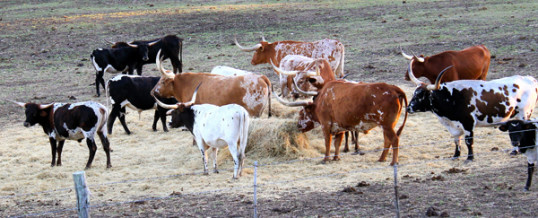By Richard Parker
From the New York Times Opinion Page
WIMBERLEY, Tex. — “WE don’t want you here,” warned the county commissioner, pointing an accusatory finger at the drilling company executives as 600 local residents rose to their feet. “We want you to leave Hays County.”
Normally, my small town is a placid place nestled in the Texas Hill Country, far from controversy, a peaceful hour’s drive west of Austin. Pop. 2,582, Wimberley was founded as a mill town on a creek. Today it’s part artist colony, part cowboy town known for its natural beauty and its cool, clear springs and rivers that wind through soaring cypress trees.
But these are not normal times. The suburbs of Austin close in every year. Recently, the suburb of Buda and developers enlisted a company from faraway Houston to drain part of the Trinity Aquifer, the source of the Hill Country’s water. An old-fashioned, Western-style water war has erupted.
Across Texas and the Southwest, the scene is repeated in the face of a triple threat: booming population, looming drought and the worsening effects of climate change.
And it is a story that has played out before. It was in the Southwest that complex human cultures in the United States first arose. Around A.D. 800, the people called the “Ancient Ones” — the Mimbres, Mogollon, Chaco and other Native American cultures — flourished in what was then a green, if not lush, region. They channeled water into fields and built cities on the mesas and into the cliffs, fashioning societies, rituals and art.
Then around 1200 they all disappeared. Or so the legend goes. In reality, these cultures were slowly and painfully extinguished. The rivers dried. The fields died. The cities were unsustainable as drought stretched from years to decades, becoming what scientists today call a megadrought. Parts of these cultures were absorbed by the Pueblo and Navajo people; parts were simply stamped out.
By the time the Spanish arrived in the 16th century, so had, finally, the rain. The American, German and Polish settlers who came to Texas in the 19th century found a rich landscape, flush with water. “I must say as to what I have seen of Texas,” wrote Davy Crockett, “it is the garden spot of the world.” And so it remained, punctuated by only two long droughts.
One, at the dawn of the 20th century, wreaked ecological havoc on the overgrazed Hill Country. The second stretched from the late 1940s to the late 1950s and is still known as the drought of record. When it released its grip, a new era of feverish dam and canal building ensued in Texas, just as it already had in much of the Southwest. A dearth of rainfall, after all, is a fact in the cycle of life here. Rains come when the equatorial current of El Niño appears, and they stay stubbornly away when its twin, La Niña, reverses the course. Those grand dams and canals seemed likely to suffice.
But again, these are not normal times. Arizonans are in their 10th year of drought, despite an uptick in rainfall during last year’s monsoon season because of a single storm on a single day. And while it has been a cool, damp winter here, the clear waters of the Blanco River still look low. Officially, more than half of Texas’ 269,000 square miles are plagued by drought. Conservatively, this would make for the fifth consecutive year of drought in Texas. Meanwhile, today, the average American uses 100 gallons of water a day.
Richard Parker is the author of “Lone Star Nation: How Texas Will Transform America.”
